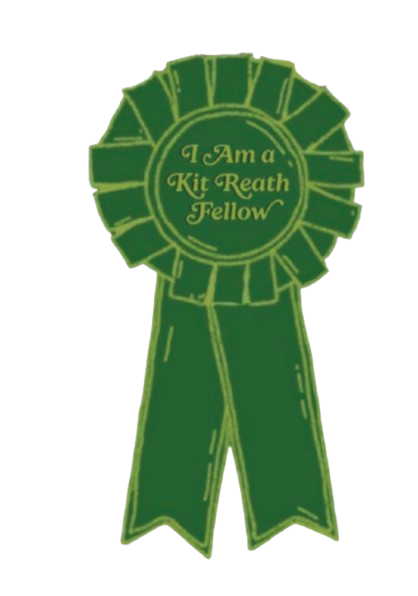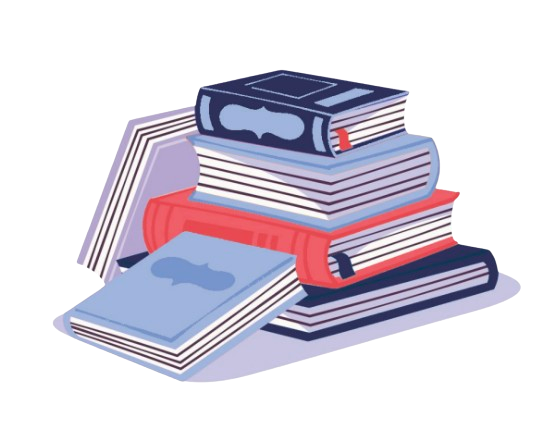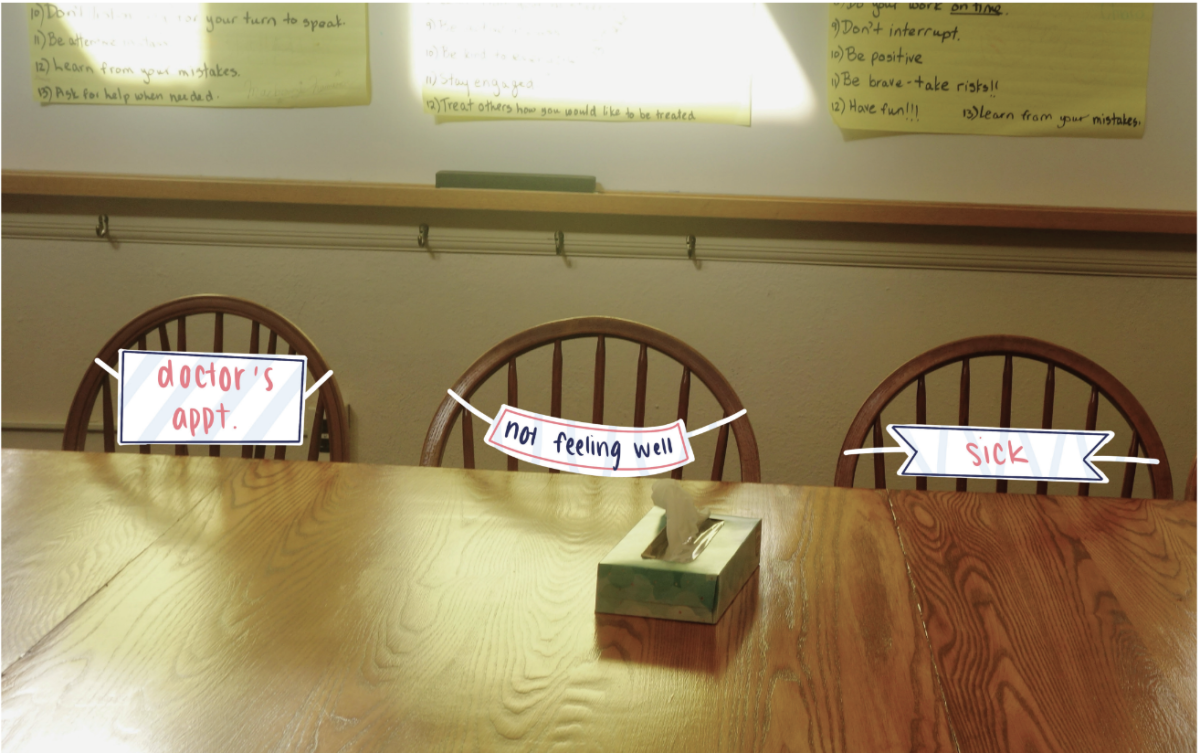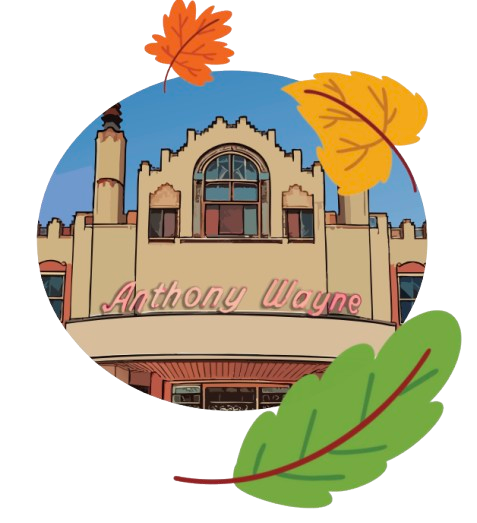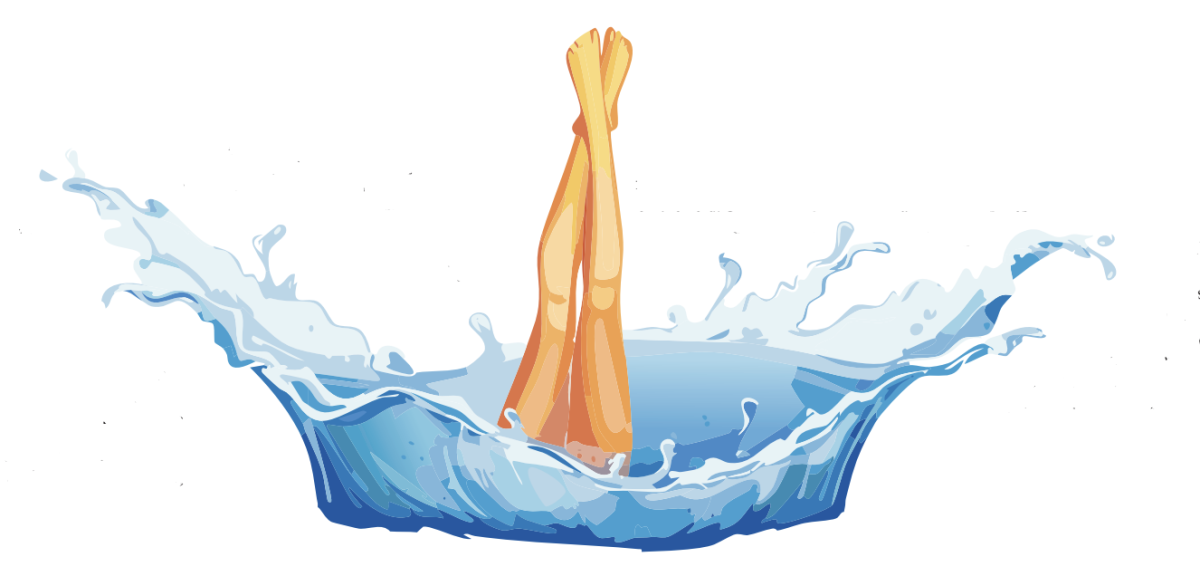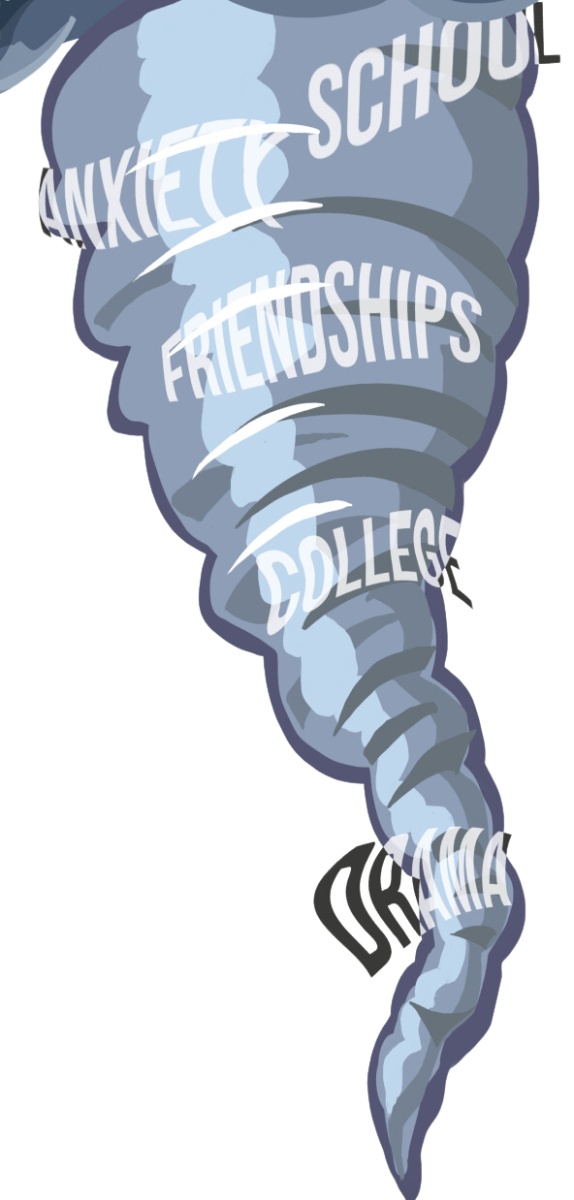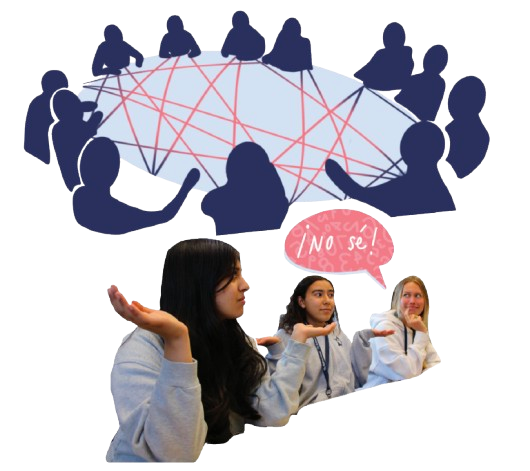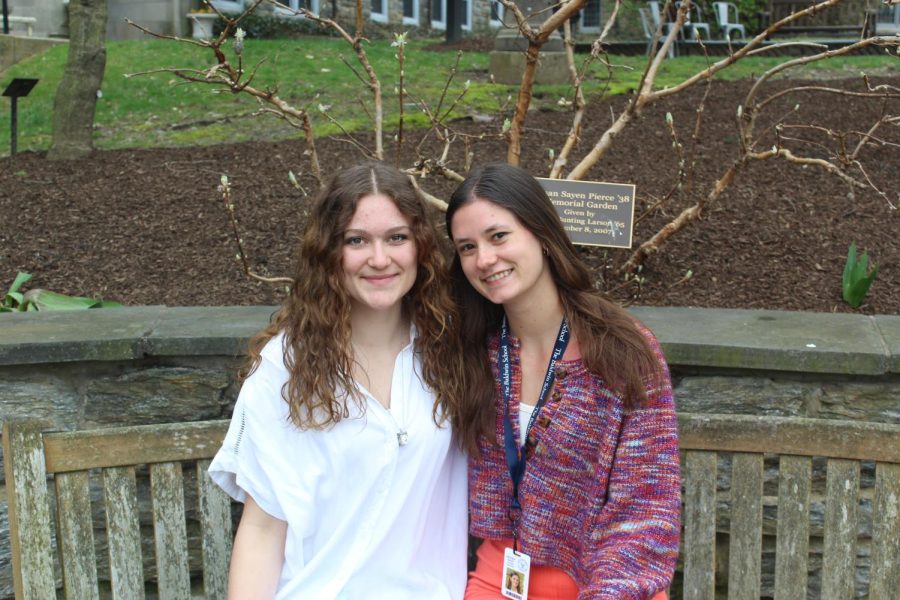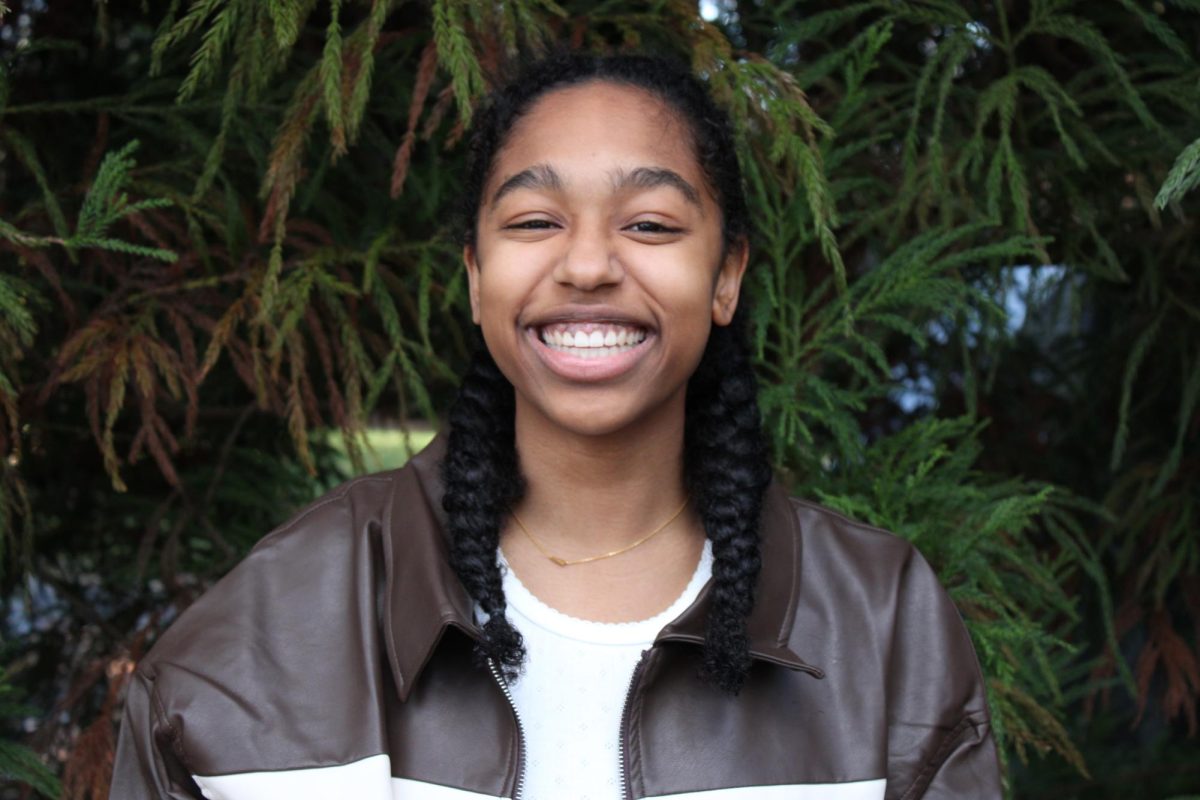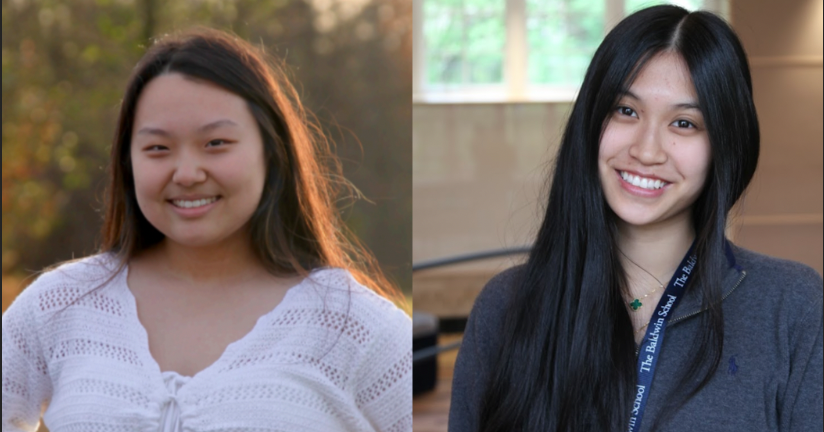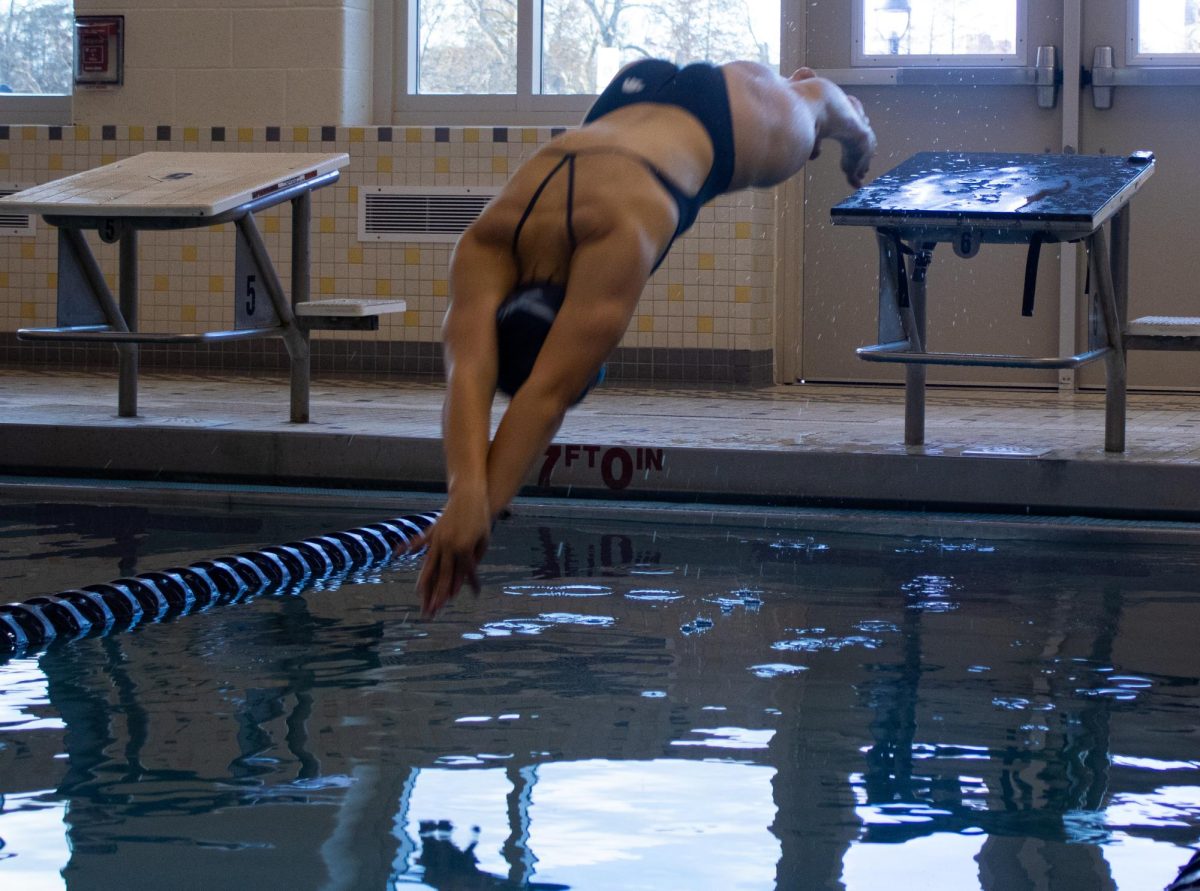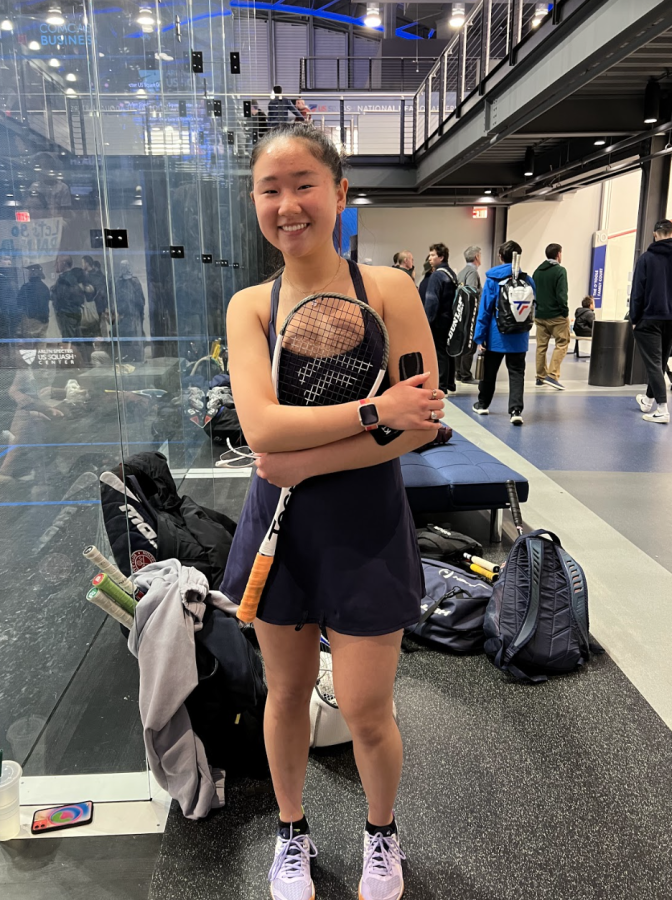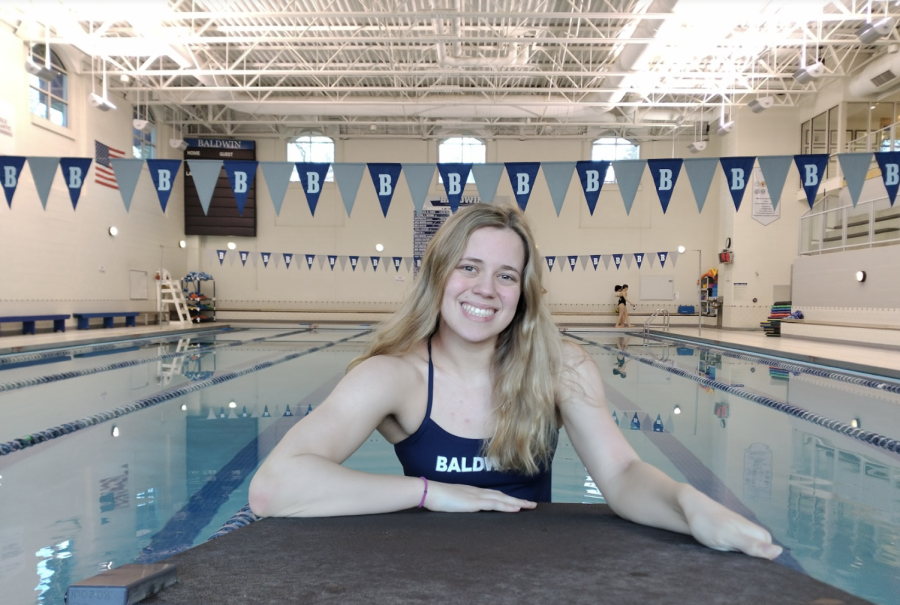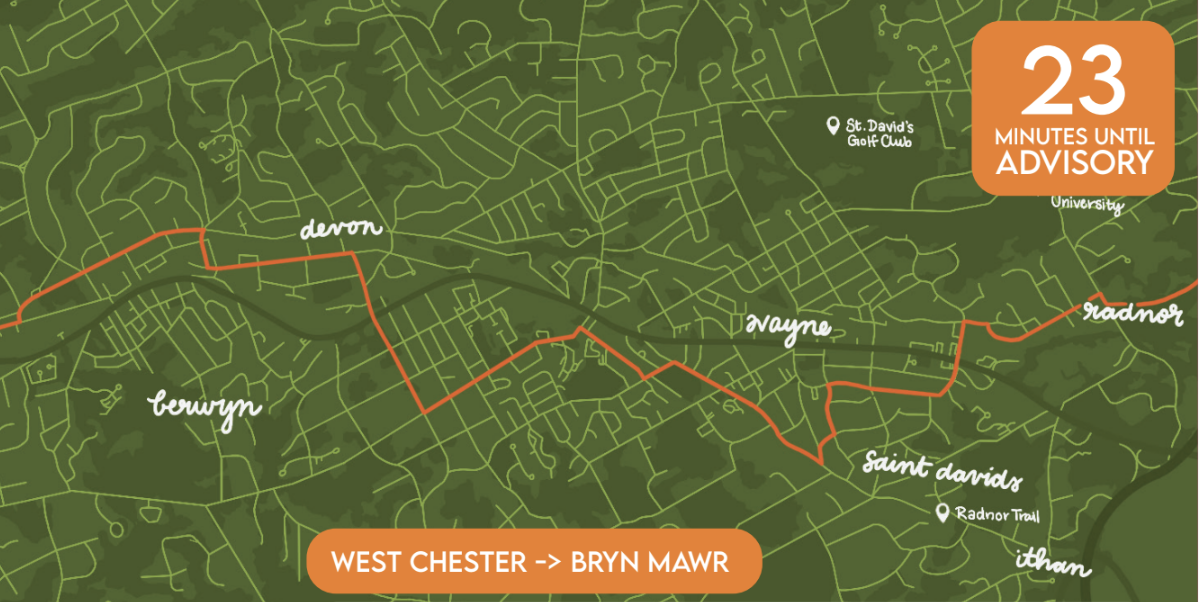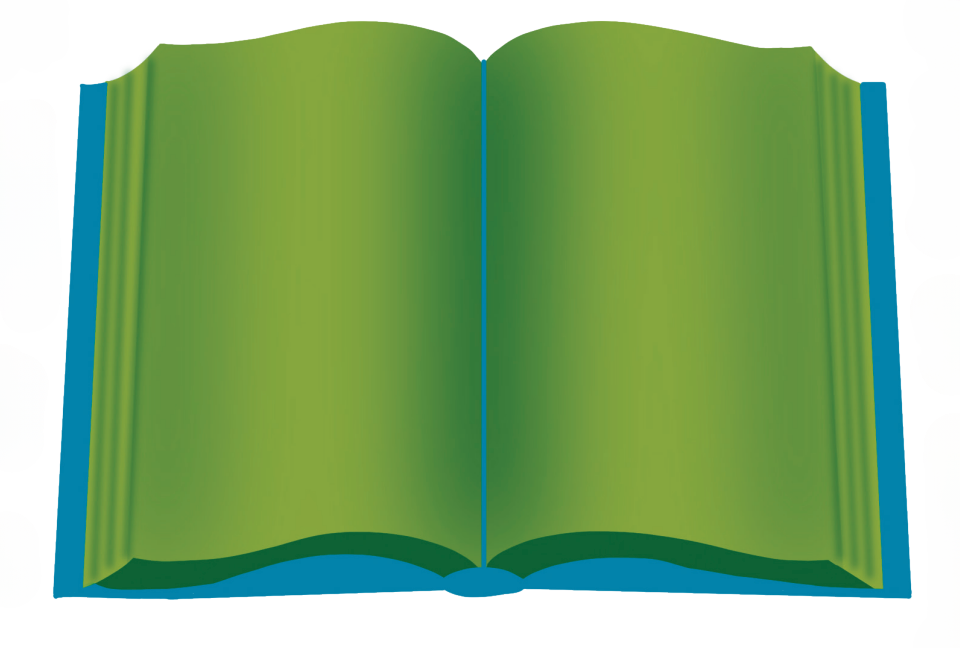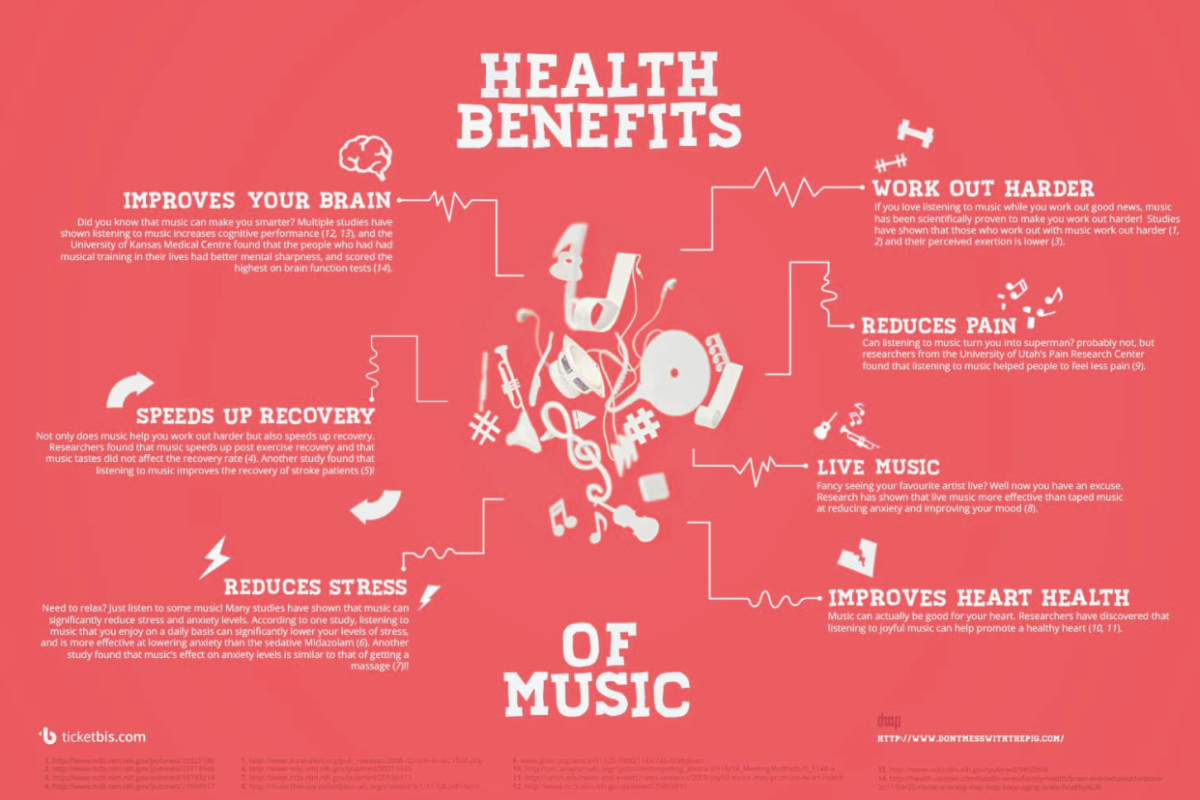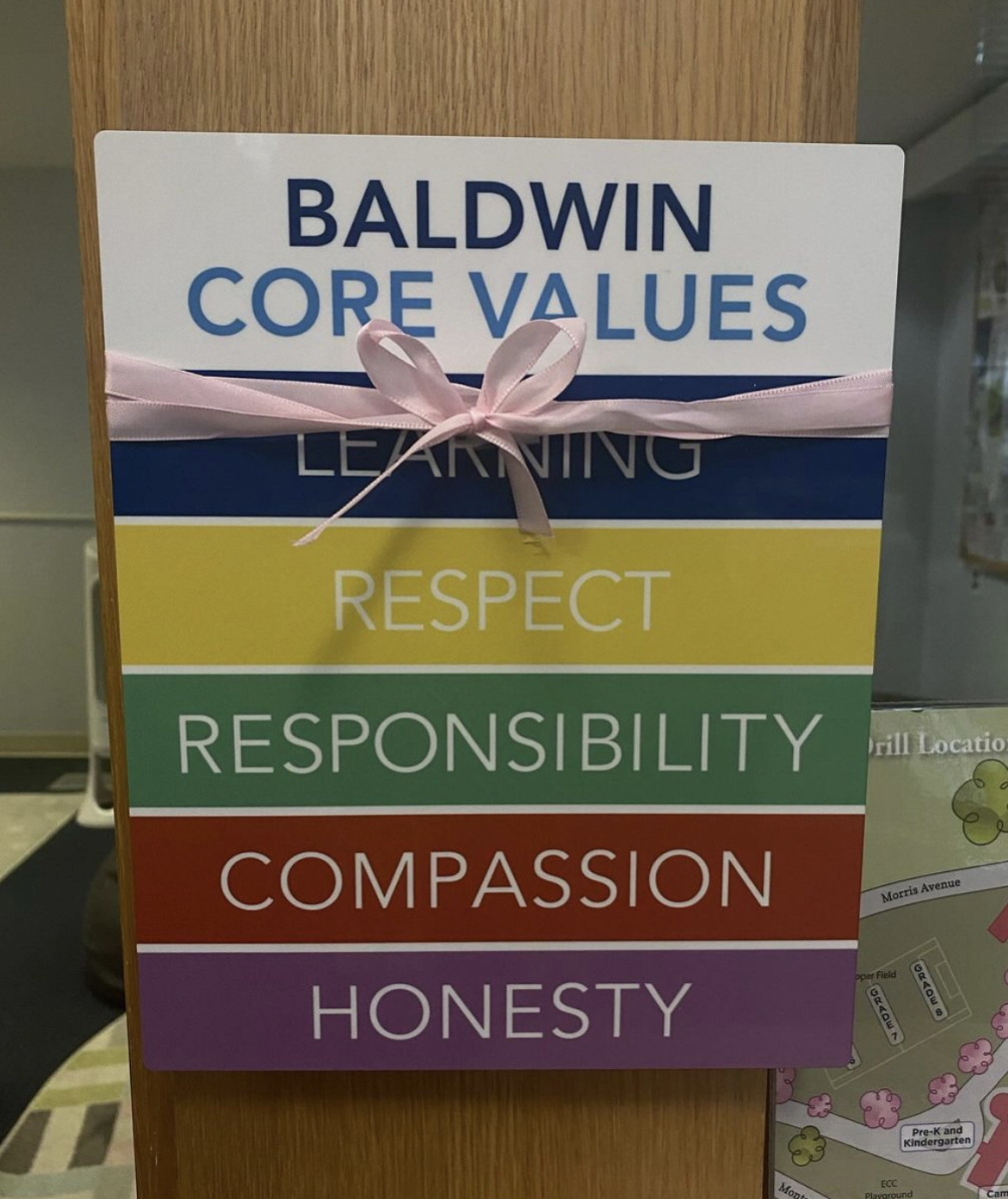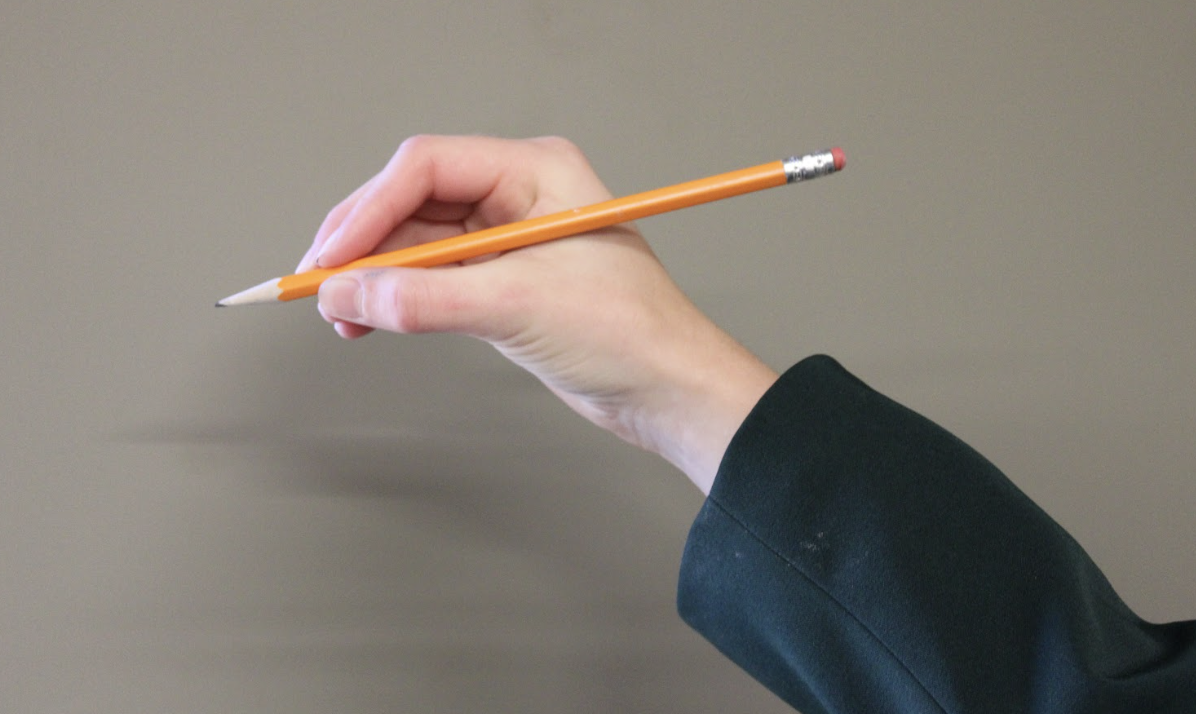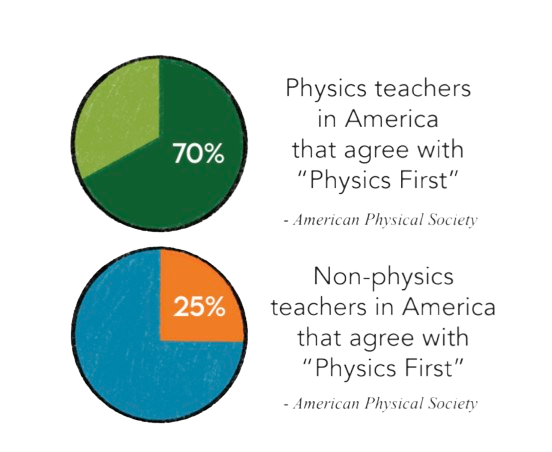
Many students in the public school system are familiar with the classic Biology-Chemistry-Physics (B-C-P) science sequence followed in high schools nationwide (Activate Learning). However, the Baldwin School, along with many other independent schools in the state, take the “Physics First” approach.
There is considerable debate among educators nationwide surrounding this issue, with both sides arguing that students do not have the necessary foundations to succeed in the other method. Advocates for the B-C-P sequencing argue that early teaching of physics hinders a full understanding of physics’ advanced calculus. On the other hand, “Physics First” supporters emphasize that biology is impossible without the knowledge of molecular structures from chemistry
Supporters of the B-C-P sequence argue that biology is best learned first because it does not require high-level math calculations. Teaching physics to freshmen with only a pre-algebra or algebra foundation can be difficult. Biology also introduces concepts, such as molecules and chemical reactions, that are further unpacked in chemistry (Activate Learning).
In contrast, supporters of the “Physics First” system argue that physics introduces physical science, covering topics ranging from the smallest atoms to the largest galaxies. In addition, physics provides a baseline for tangible experimentation and identification of relationships. This method enables students to develop tactile learning skills while engaging with key concepts relevant to real-world situations (Physics Today, Volume 54 Issue 9).
Science Department Chair and longtime physics teacher Dr. Jeff Goldader has taught science at Baldwin since 2004. He explained that Baldwin has always been a firm believer in the “Physics First” track. Former Science Department Chair Elizabeth Chesick first proposed this idea in 1995.
“This sequence was done very thoughtfully,” Dr. Goldader said.
He said he believes that Baldwin students excel with this sequence in comparison to the B-C-P sequence.
Unlike some public schools, where biology and chemistry are the only required sciences, Baldwin ensures that its students take physics, chemistry, and biology before they graduate.
“I’m proud to say that Baldwin has had 100% of its students take all three branches of science,” Dr. Goldader said.
Dr. Goldader has received concerns from parents who learned physics in their later years of high school saying that the math level in physics is too difficult for freshmen.
“Our ninth-grade physics is designed for students taking Algebra I,” he said. “But I can still cover 80% of physics even with that limitation.”
Dr. Goldader said he recommends taking a second year of physics once students have learned more math.
“If there are students that wish to continue to explore more about the wonders of physics, Baldwin offers an AT Physics course for students,” Goldader said.
Gurnoor Othie ‘25 took Dr. Goldader’s physics class in ninth grade and is currently taking AT Physics to close out her final year at Baldwin.
“I enjoyed physics in ninth grade and thought the AT course was a good opportunity to further explore and build on the basics we learned in freshman year,” Othie said. “Physics in 9th grade provided a good foundation for the AT course because a lot of the topics we learn in AT are the same concepts as in freshman year, but just in more depth.”
Dr. Goldader explained that taking physics in freshman year helps students build laboratory and math skills, which is vital in both chemistry and biology and encourages them to learn more about sciences that all stem from physics.
“I’m proud that Baldwin students, many of whom are sent into STEM, medicine, and engineering, leave knowing a lot of science,” Dr. Goldader said. “Thankfully, there are fewer barriers where women can get into science, and I hope that by allowing girls to take all three classes, they can learn that they can do science. That’s what I hope people leave here knowing.”


